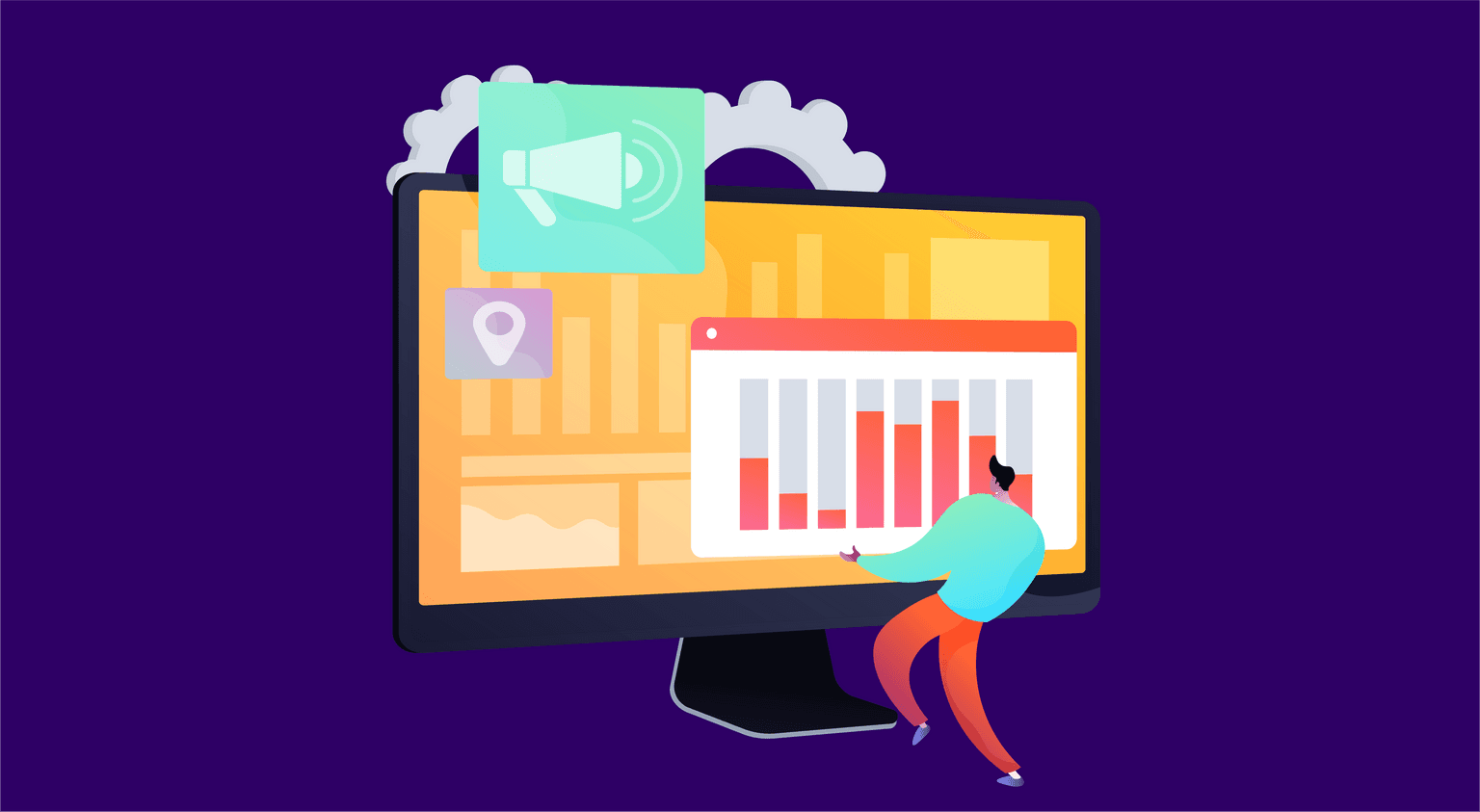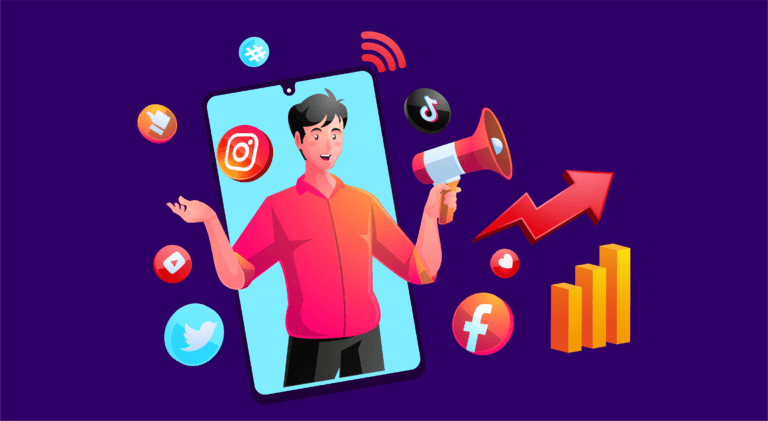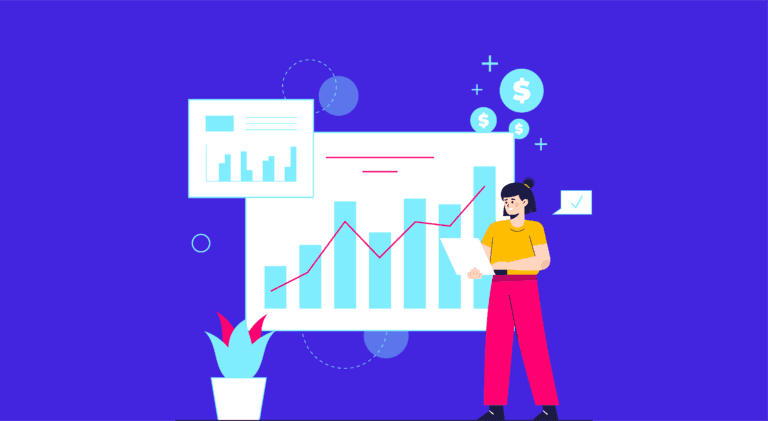How To Woo Inbound Marketers: 5 Things They Love To Hear

Table of Contents
- 5 Things Inbound Marketers Love to Hear
- Key Takeaways
- Conclusion
- FAQs
As a mode of marketing adopted by a business, brand, or service provider, inbound marketing speaks directly to a customer by addressing an already established need. This is done through content that is made just for those needs. So as we see it, inbound marketing is focused and aligned with what a customer requires, versus outbound marketing which throws offerings and messages at a much broader audience.
This mode of marketing employs the following methods and tools. Direct and email marketing, blogs, social media marketing, and content marketing through text, audio, video, images, and search engine optimization at different points. Inbound marketing focuses on brand messaging and image, impacting the customer who has come to you instead of chasing after them in a typical promotional way. It maintains an indirect method of converting sales from customers by influencing and impressing them.
Inbound marketing content is informative, educational to a point, emotional, carries brand values, and finds a way to connect to your customer’s psyche. That is the hook with inbound marketing. Your customer will never feel like they are being sold a product. Instead, you discuss their needs, strongly highlighting your brand attributes, what your product or services can do, and waiting for the customer to decide to buy.
The inbound marketing customer already wants to know most of what you are talking about. The importance of inbound marketing as a strategy lies in the fact that we now live in a world where information, purchase, awareness, and much more are all at our fingertips, empowering us all with decision making and purchasing power like never before. This kind of power with the customer creates a need for the brand/business to be where all the action is.
Inbound marketing is a need of the hour for any business, new or old. Inbound marketing tips are available all over the internet and with any inbound marketer’s favorite digital marketing and content development agency. We have put down below 5 things of value to any business and brand and that any inbound marketer would love to hear.

5 Things Inbound Marketers Love to Hear
1. Building trust, brand value, and better communication with the customer
Building trust in the brand/business: The customer ideal for inbound marketing is usually conscious, seeking knowledge, aware, and open to your influence. When a customer has found you through their method and choice, be it search or word of mouth, they are free of influence from the brand/business. No form of advertisement has led the customer to the brand.
In this case, the customer has freely reached the brand/business and consumes information through inbound marketing methods. In this case, the customer trusts the brand and its products/offerings. This amounts to a much higher chance of conversion into business at an immediate or later stage.
After conversion, a customer is engaged at various levels through several inbound marketing tools, allowing content to be customized at every single stage of communication with potential, existing, or repeat customers.
2. Lower spends
Given that the brand/business is speaking to a smaller set of consumers, it costs less to create and send out a message than for a bigger group at large. Outbound marketing involves heavy advertising spending and large advertisement campaigns that speak to a much larger universe of people who may or may not be ever interested in a brand/businesses’ products and services.
Chances of conversion in outbound marketing are very low. Still, costs are incredibly high, making its effectiveness much lower than inbound marketing and hence not a significant preference for many marketers and businesses today.
3. Higher ROI
Every business looks for ROI, and every business spends a large chunk of its budget on marketing every year. Some more than others. Marketers’ primary goals and results are to return against these massive budgets. Television and newspaper ads go out to the masses, with huge expenses and without a targeted audience, sometimes tide over with little or no returns.
In the event of spending money on inbound marketing, the final yield is higher even if this yield takes time to reflect. The inbound marketer always talks to a customer interested in their product/service. The chances of conversion are already very high. A small percentage of customers here do not get converted at all. This leads to better business for the brand over time. Revenue counts that are higher measure against small investments made towards inbound marketing.
4. Long-term growth
Inbound marketing customers have an open mind and wait for information, solutions, or influence. They also need the product/service. Some customers are likely to be converted immediately and generate sales in this situation.
Others will convert over time, progressively to yield sales and revenue for the company.
The long-term returns of inbound marketing efforts are the highest compared to any other kind of marketing strategy.
5. Higher quality leads and customers
And finally, like we detailed out in the earlier paragraphs, we know we are looking at potential customers that have a genuine interest in a particular brand/service. This interest will eventually convert most potential customers to at least on time, if not repeat, customers through cumulative inbound marketing programs and efforts.
The other hook it has is strengthening belief in the already existing customer. Plenty of brands have fans following them on social media purely through their connection with the brand from all the content and messaging being put out there. However, many go from one-time users to lifetime users just because they connect with the brand and its value and promise.
Here we also see how inbound marketing tells a complete story. Through inbound marketing, a brand remains with a customer from beginning to end, before a purchase, during, and even after, instilling more faith in the brand/service along the way. So as we see here, the reasons for an inbound marketer to start using inbound marketing tools and begin using content and digital marketing to their advantage are many.
The 5 reasons listed above very well cover all these three factors and would leave inbound marketers with little room to escape from employing content and other inbound marketing tools and strategies immediately into their marketing plans.

Key Takeaways
- The main priority for all marketers is results, and inbound marketing offers many.
- The second most crucial value point for inbound marketing is its cost-effectiveness.
- Inbound marketing shows a high ROI and an excellent justification of investments made.
- Inbound marketing is the future because of the multiple points and methods with which it can engage a customer and how almost all of it is supported digitally.
- Inbound marketing is necessary because it takes care of a business’s long-term goals.
FAQs
A brand/business can use email pop-ups, guest blogs, answer questions on social media, share brand-building content, and after-sales service bots.
They are both different strategies to follow, but when investment, long-term benefits, and ROI are in question, inbound marketing is the winner
Some of the tools used by inbound marketing serve long-term goals, focus on repeat and existing customers, hence may not yield as many short-term results as one hopes for.
Partially yes, there are many software programs and tools that can automate a large part of the inbound marketing process.
Due to the slow, long, and drawn-out result process for inbound marketing, many big businesses that rely on larger revenue models cannot rely on inbound marketing alone.
Basic understanding and technical know-how are important for inbound marketing strategy.
Latest Blogs
Explore how Google’s 2025 AI search updates triggered ranking chaos. Learn actionable strategies to adapt your SEO for AI Overviews, zero-click searches, and SERP volatility. Stay ahead now.
Learn how to rank on AI search engines like ChatGPT, Perplexity, and Gemini by optimizing your content for authority, structure, and relevance. Stay ahead in AI-driven search with this strategic guide.
Explore the best healthcare SEO services for your medical practice. Improve online visibility and effectively reach more patients in need of your services.


